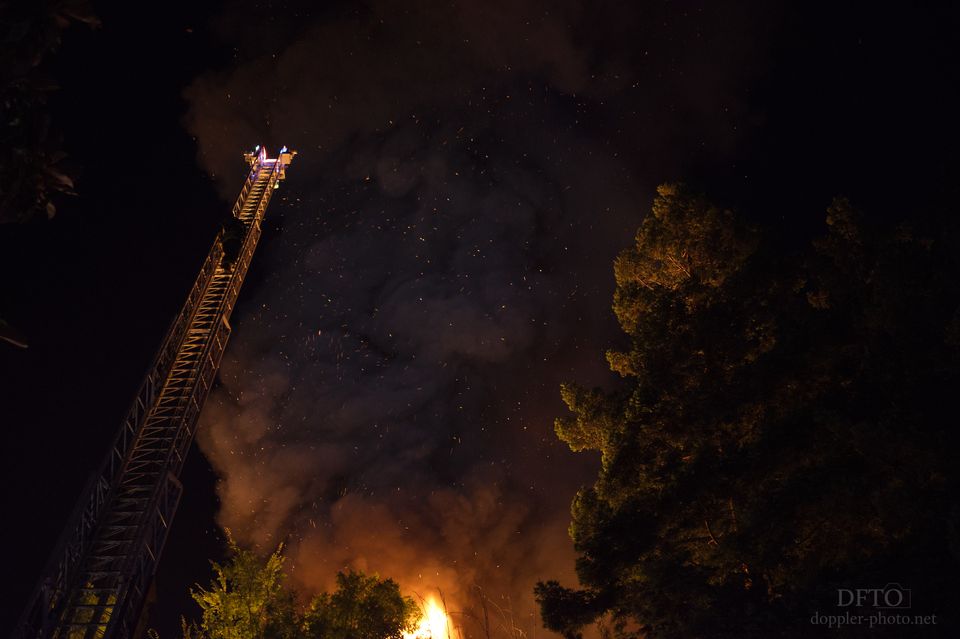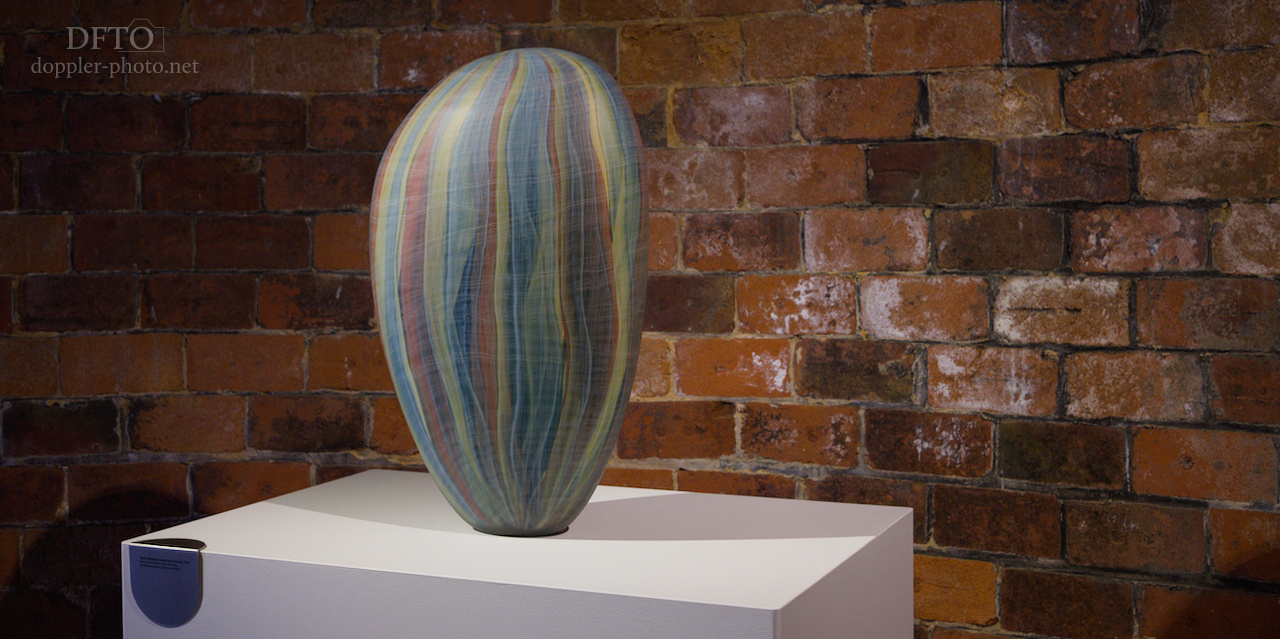
One of my favorite challenges in photography is finding ways to represent experiences, and sentiments, that aren't just visual. Like, "how do I convey the scent of a field of grass, moments after a long-awaited rain?" Or the sound of the whistling wind, whipping through a barren midnight city street during a winter snow storm? The tart taste of a tantalizing, freshly-plucked tangerine? Or maybe it's a feeling, like the wistful sorrow of celebrating love, even as you let it go.
But you can break it down further, can't you? What about touch? You could show the dull glow of a piece of glass that looks friendly enough, but will bite you with a searing heat if you get too close. The shivering cold stillness of watching the sun set over an ocean beach, having forgotten to wear a jacket but too transfixed to do anything about it now. Or what about the smooth, polished texture of a rapidly-shrinking cube of ice, swirling and bobbing in a cup of tea?
Texture's an interesting one… Of course the key to representing any of these feelings is to reference something the viewer already knows, right? To show something so innately familiar that the feeling, or the sentiment, emerges anew from the viewer's own thoughts and feelings and memories.
But texture is interesting. It is, in many ways, the most visual of the non-visual senses. As humans, the idea of seeing a surface or a material and making inferences about how it might feel is second-nature. This one looks pointy. That one looks slippery. Better not fall over there or you'll scrape a knee… The connection from vision to a sense of texture is surprisingly direct.

…Which is part of why I was so transfixed by Clare Belfrage's work, in her "A Measure of Time" exhibition at Canberra Glassworks. Every time I looked at a piece from a different angle, it seemed like I got a different sense of what it might have felt like to touch it.
From a distance, it was obvious that these pieces were textured. As I got a little closer, I realized that I'd been tricked, and the pieces were smooth. Then as I got even closer, I realized that I'd been tricked, and that the pieces were smooth, but with a matte texture that clearly would have felt like something. I imagined the difference between feeling it with the pads of my fingers, versus my fingernails…
I was there in person, standing as close as I wished, and I never figured it out. That was amazing to me. That I could see something that seemed, simultaneously, so familar that I immediately "knew" what it felt like, and yet so foreign that I was never really sure.
And then, as I meandered through the exhibition, I felt certain that the pieces were solid. They were thick. They were translucent, but seemed so opaque because light had to travel so far to get through them.
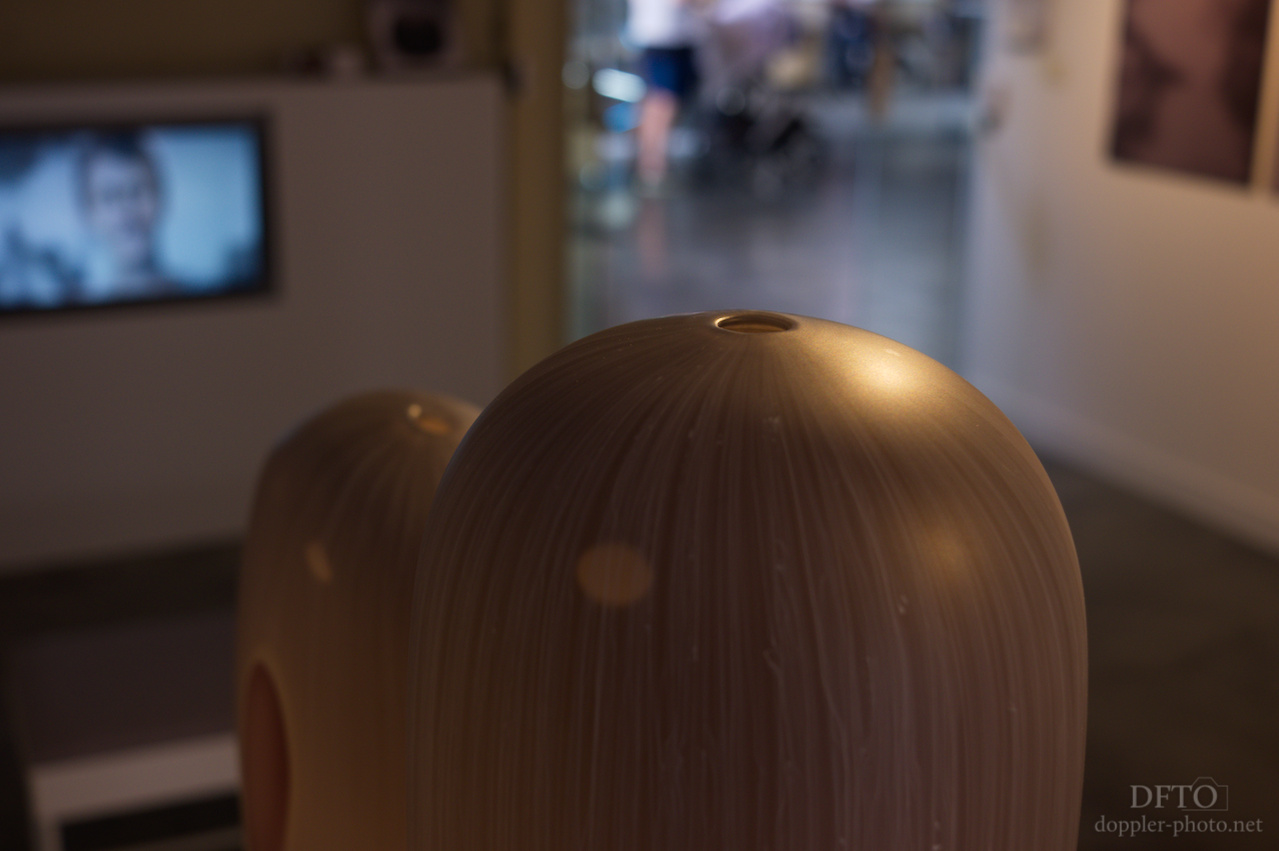
Again, I was wrong.
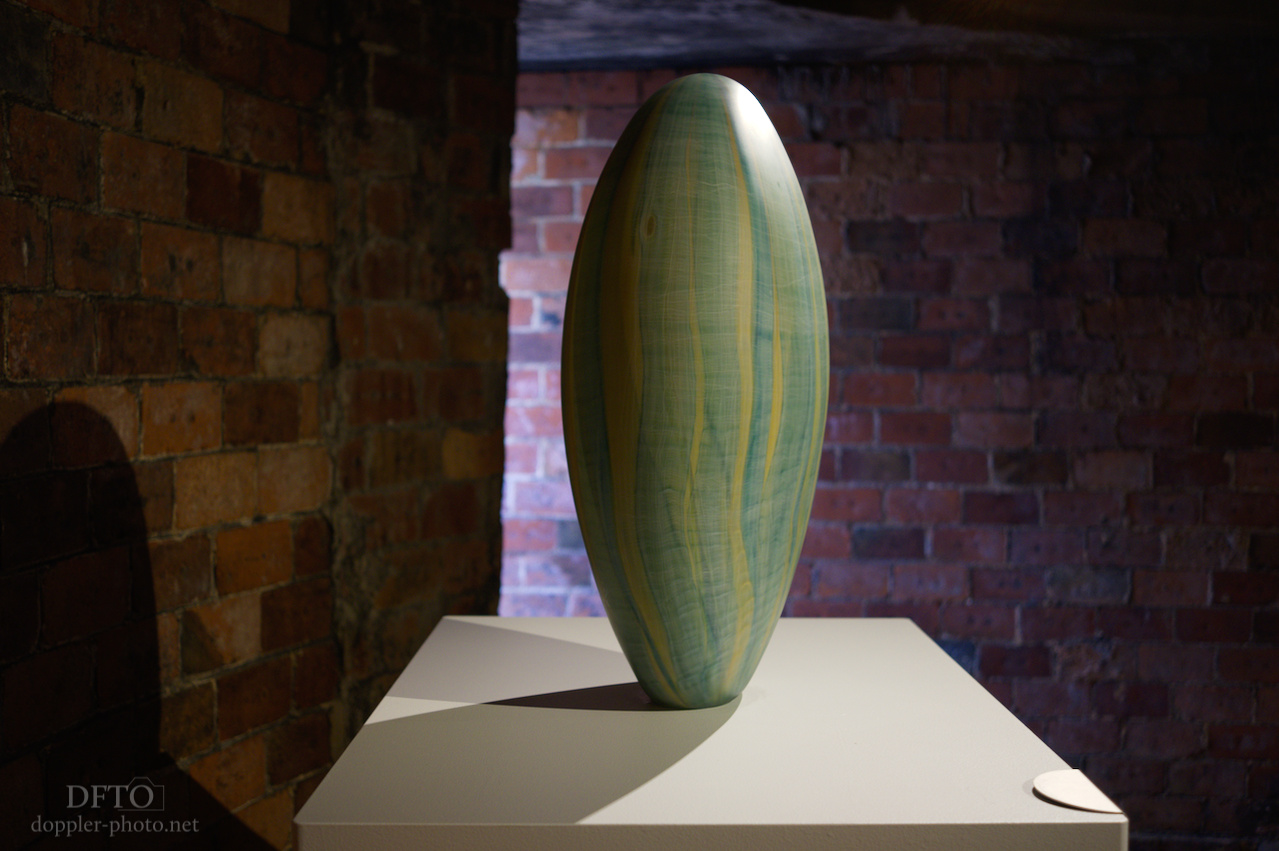
What I found is that Belfrage had taken a material that seemed so common. So familiar. And she had used her alchemy to turn it into a form that I couldn't really understand. It was beautiful. It was perplexing. It was both wonderful, and a wonderful illusion.
The Canberra Glassworks gallery space contributed to the illusion. I loved the contrasts between the stark white tables, the beautifully shaded works of glass, and the ancient brick room, originally constructed as part of the Kingston Power House. The shapes, the color palettes, and the textures all stood apart from each other, while uniting to tell a story of the diversity of materials generally, and also of the diversity of glass specifically.

The arrangements presented something of a family portrait.
"These are all the same, and yet they are also all different."
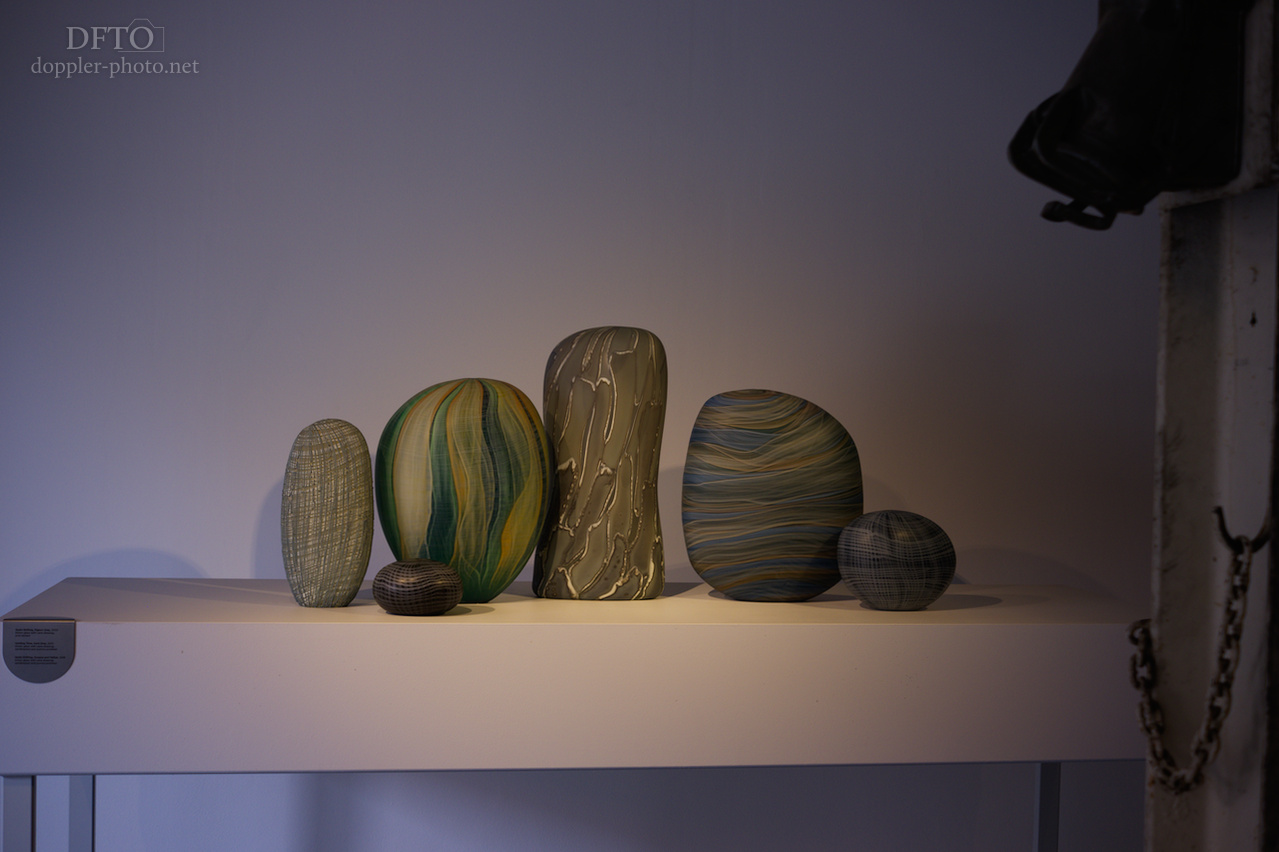
"These would all feel the same. But then again, maybe not. But then again…

![[Doc Diaries] Photographing Art: Texture](/content/images/size/w960/migrated_images/2020/09/doc-diaries-photographing-art-texture/xt2_0202.jpg)


